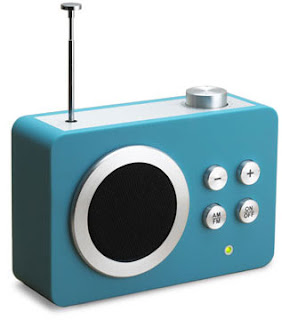Hierarchy Of Networks
-from a single computer to LAN.
-from LAN to ISP.
-from ISP to www.
There are a few things that needed in order to connect to internet. The things are:
-computer
-web browser
-Internet access
However,policy and procedure to bring to internet is complicated.
Internet Protocol
-is the internet standard protocol that provides a common layer over dissimilar network.
-to more packet among 'host', computer through gateways.
-every computer assign unique IP address.
IP address consist of 32 bits, also equal to 4 octets of number from 0-225, represent in decimal form instead if binary.
-IP address consist of 2 part:
- Identifying network.
- Identifying the node/host.
-all node on a given network share the same network pretix but must have a unique host number.
DOMAIN NAME SYSTEM (DNS)
-internet service that translate domains name like www.yahoo.com into numerical IP address like 204.62.131.129.
INTERNET SERVICE PROVIDER(ISP)
-
an organization that provides access to the Internet.
Hypertext Transfer Protocol Secure
(HTTP)
-combination of the Hypertext Transfer Protocol (HTTP) with
-It provides encrypted communication to prevent
eavesdropping and to securely identify the web server with
which you are actually communicating










